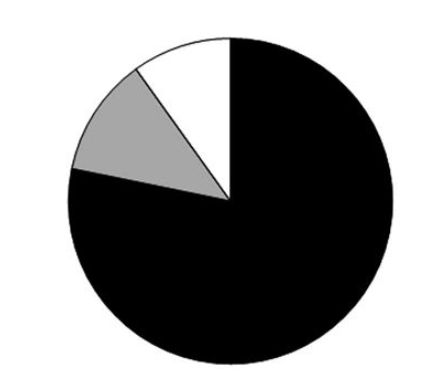


 النبات
النبات
 الحيوان
الحيوان
 الأحياء المجهرية
الأحياء المجهرية
 علم الأمراض
علم الأمراض
 التقانة الإحيائية
التقانة الإحيائية
 التقنية الحيوية المكروبية
التقنية الحيوية المكروبية
 التقنية الحياتية النانوية
التقنية الحياتية النانوية
 علم الأجنة
علم الأجنة
 الأحياء الجزيئي
الأحياء الجزيئي
 علم وظائف الأعضاء
علم وظائف الأعضاء
 الغدد
الغدد
 المضادات الحيوية
المضادات الحيوية|
Read More
Date: 16-12-2020
Date: 16-1-2021
Date: 21-12-2020
|
PROTEIN PRECIPITATION
Precipitation of protein from culture medium or following cell lysis is commonly used in laboratory separations as a first step in the purification of a protein, and a quick survey of where this has been used and reported in the literature suggests that the yield of recombinant material returned is often around 80% with a purification factor in the region of 4-fold on average, although this can vary widely for specific proteins.
The most commonly used precipitating agent is ammonium sulfate, although other agents such as acetone and polyethylene glycol are also used (Figure .1). Ammonium sulfate is preferred due to its relatively low cost, high solubility and low toxicity.
Recent studies have investigated the use of affinity precipitation to allow the selective precipitation of a specific target of interest. Affinity precipitation works by linking an affinity ligand (e.g. nickel) with a stimuli responsive material which is precipitated by altering the environmental conditions. This method has so far not been widely used or developed for large-scale use; however, as it links the simplicity of precipitation approaches with the biospecific capturing ability of affinity-based separations, it shows some promise. A further emerging technology which is yet to be fully explored or adopted is centrifugal precipitation, which was described in detail by Ito.

Figure .1 Example of the relative levels of use for different precipitation agents from a survey of the literature. Ammonium sulfate (black) is the most common precipitating agent utilised, although organic solvents such as acetone (grey) and polymers (e.g. polyethylene glycol) (white) are also utilised.



|
|
|
|
دخلت غرفة فنسيت ماذا تريد من داخلها.. خبير يفسر الحالة
|
|
|
|
|
|
|
ثورة طبية.. ابتكار أصغر جهاز لتنظيم ضربات القلب في العالم
|
|
|
|
|
|
|
سماحة السيد الصافي يؤكد ضرورة تعريف المجتمعات بأهمية مبادئ أهل البيت (عليهم السلام) في إيجاد حلول للمشاكل الاجتماعية
|
|
|